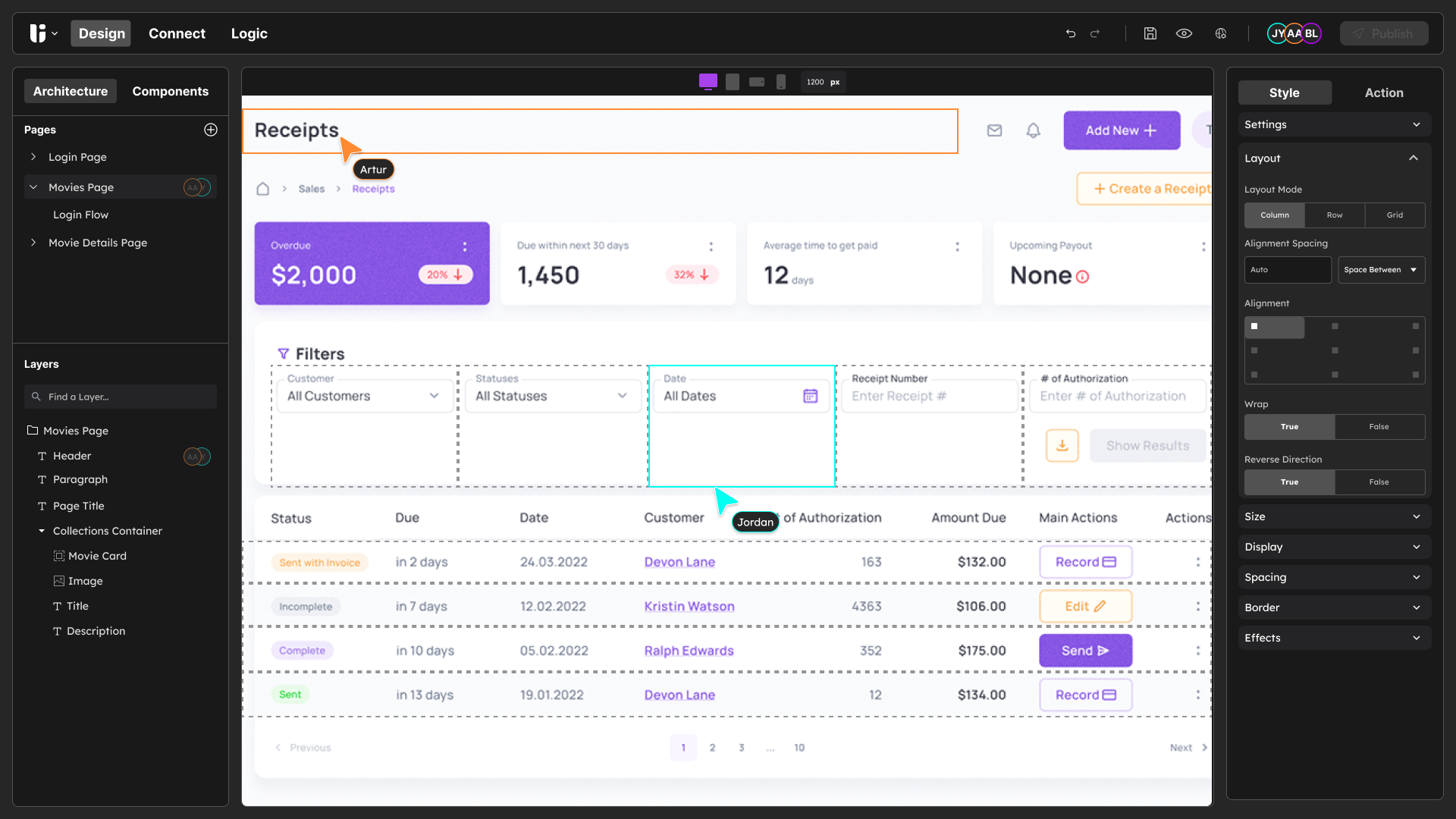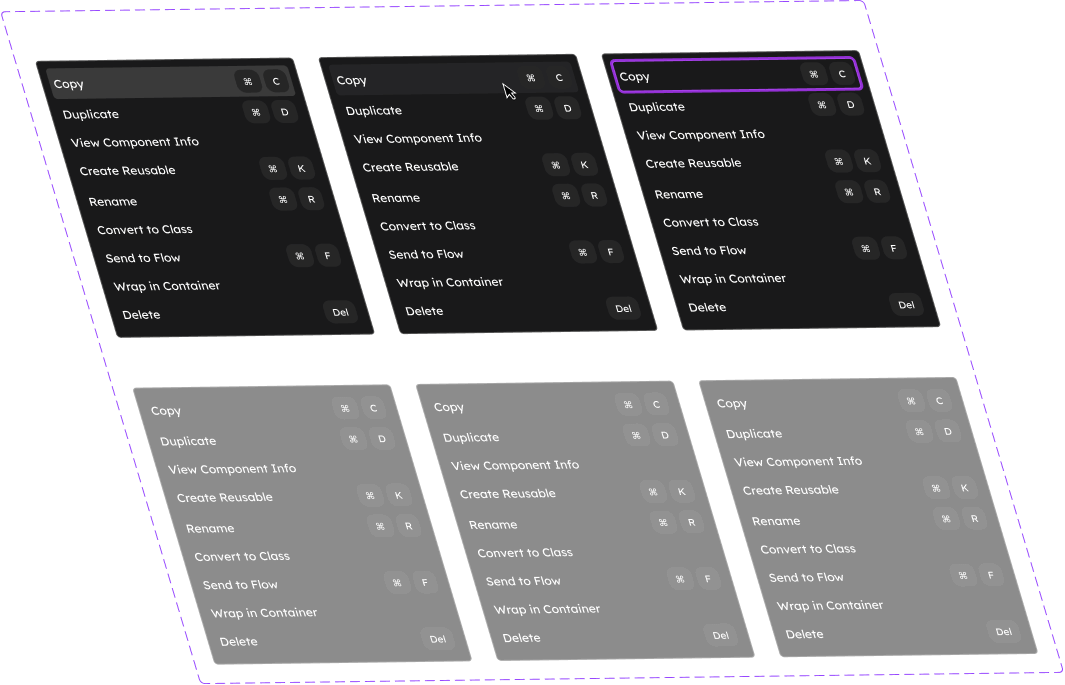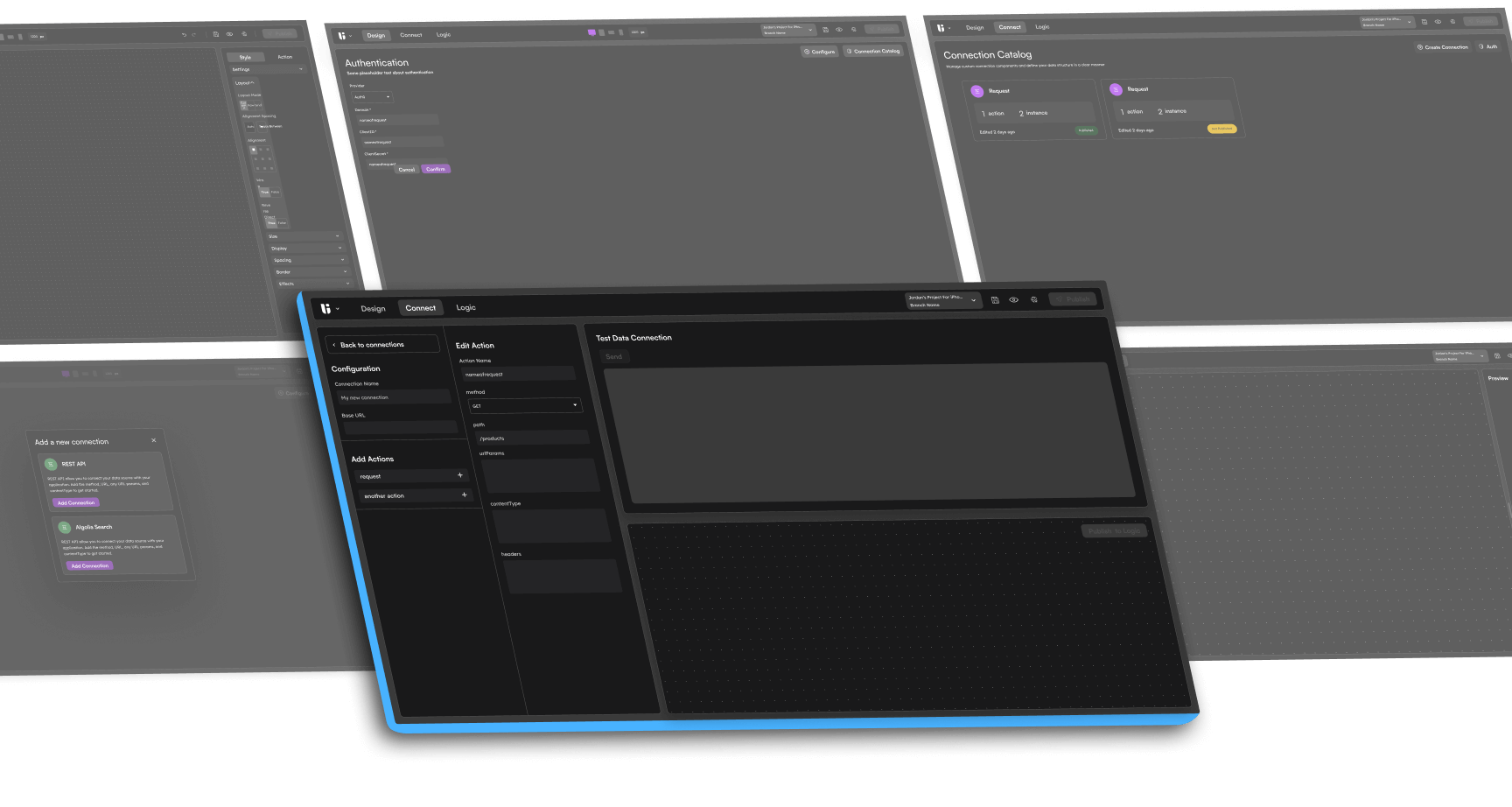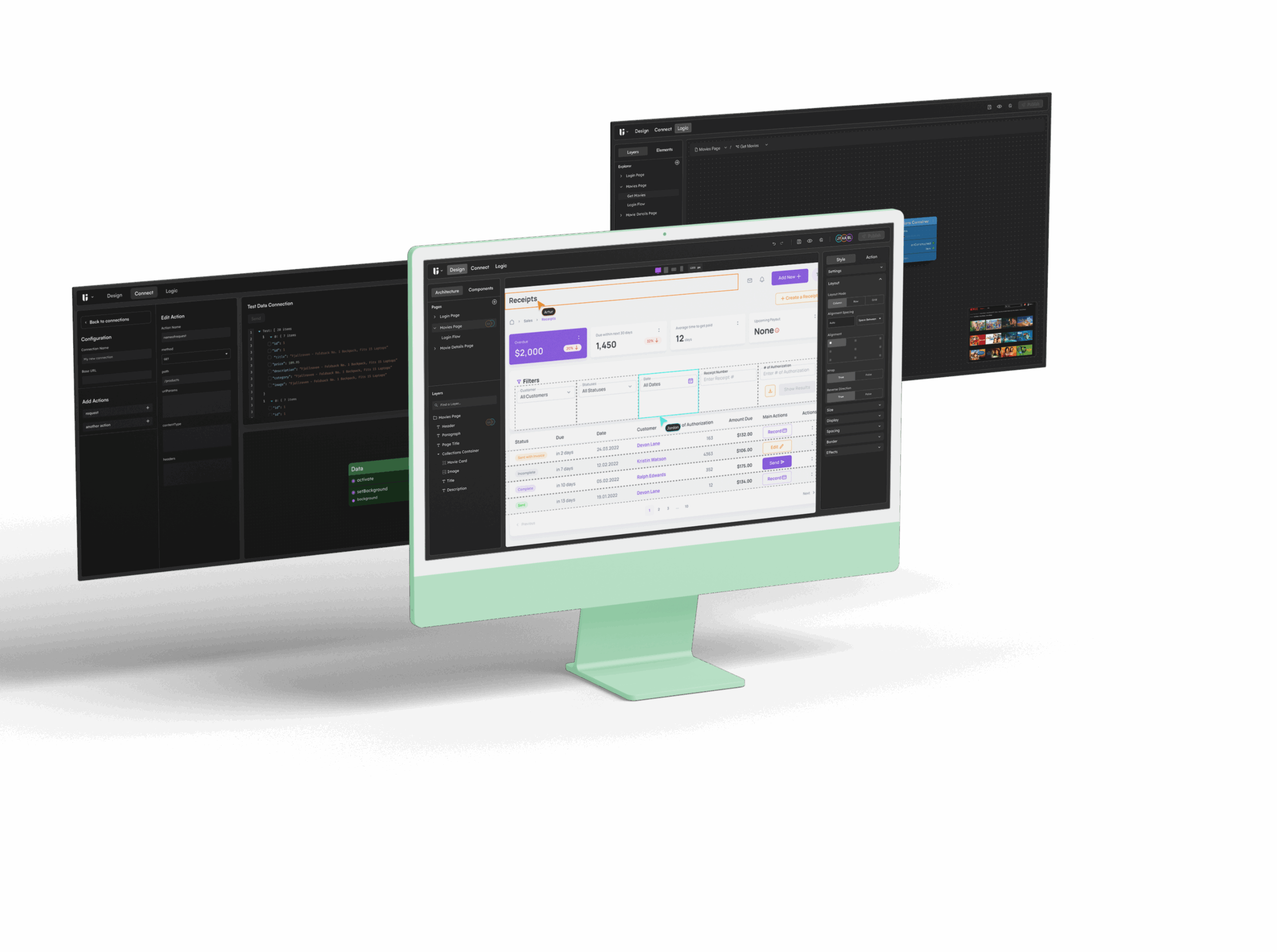
Improving retention rates with product redesign for a heavy hitter in the no-code/low-code development space in San Francisco.
Uiflow allows developers to build secure and scalable frontend web apps using their own data, UI, and integrations all without code. It allows users to easily create and connect services using a drag-and-drop interface and pre-built modules all without coding. (I know, crazy, tell your friends!)

Being the Lead Product Design Manager at Uiflow is demanding and rewarding all at the same time. Working cross-functionally with engineers as well as Marketing & Growth teams was challenging to say the least. We faced many obstacles as a team and overcame a multitude of problems. Elevating our technical debts and solving problems for our users was at the forefront of our execution.
Design Sprint
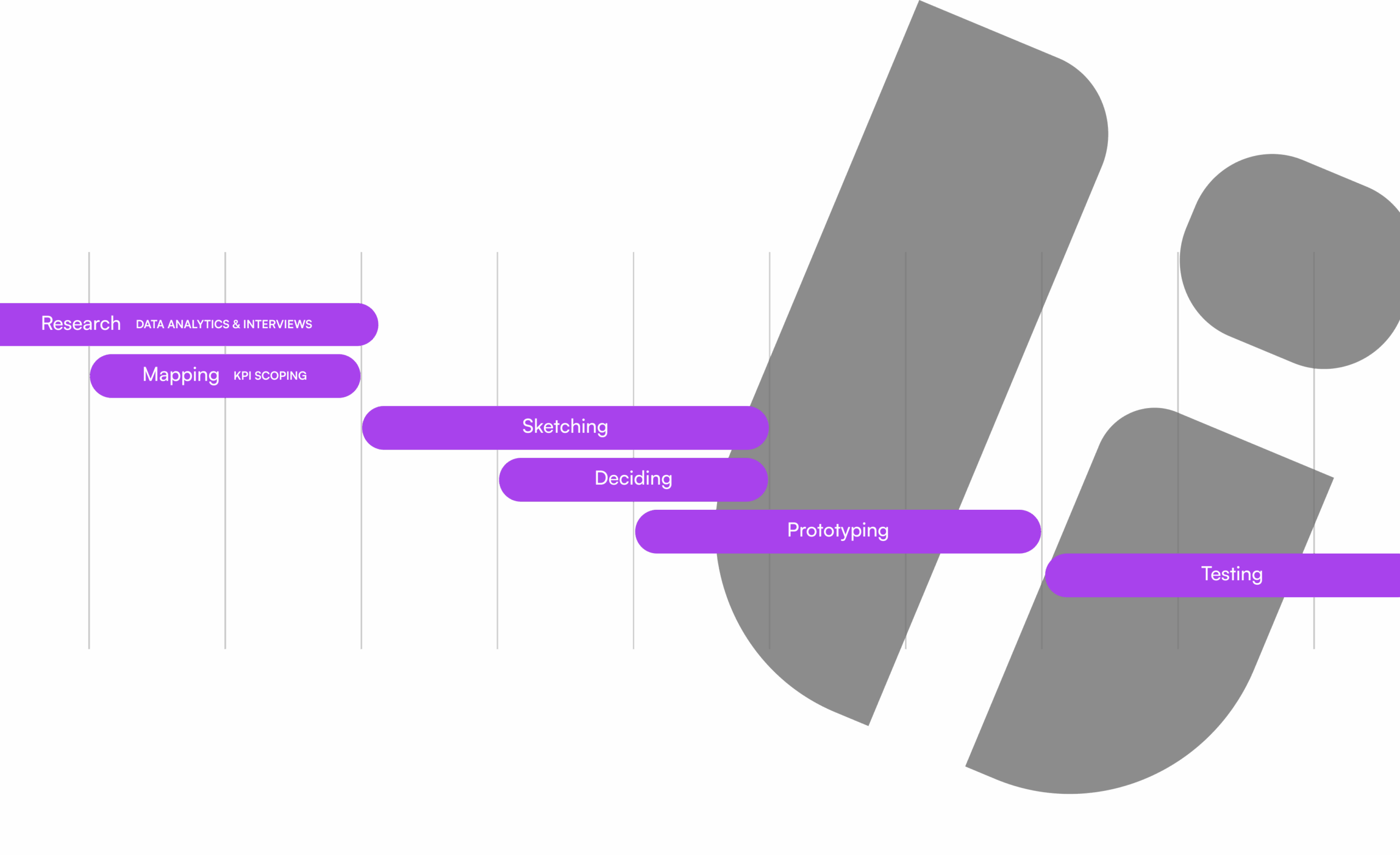
Empathize
Our number one focus is our users. Without them, we don’t have a product. We began with qualitative analysis to better understand their pain points. As a team, we reached out to our users for some moderated interviews.
Define
While conceptualizing the problem space, we wanted to ensure we left no stone unturned. This meant we itemized a list of every problem our users were facing and cross compared it with our business goals to have the biggest impact.
Ideate
We wanted to test our assumptions to ensure we were making the biggest impact. We compared alternatives and benchmarked a number of competitors in our space.
Prototype
Once we finalized our assumptions for the best solution in the problem space, we wanted to move our doodles into high fidelity prototypes. We moved quickly to make prototypes so the users could click through flows.
Test
Our testing days were filled with user discussions to investigate the why and understand if our assumptions were correct. Everything is an assumption until you test your hypothesis and learn how to fix the user problem.
Mapping
To evaluate the inefficiencies, we closely monitored the drop-off rate during the user journey and conducted moderated interviews with users to better understand the underlying issues with our product. We tackled these problems head-on and adopted a Dual Track Agile approach to focus on learnability during a one week sprint.

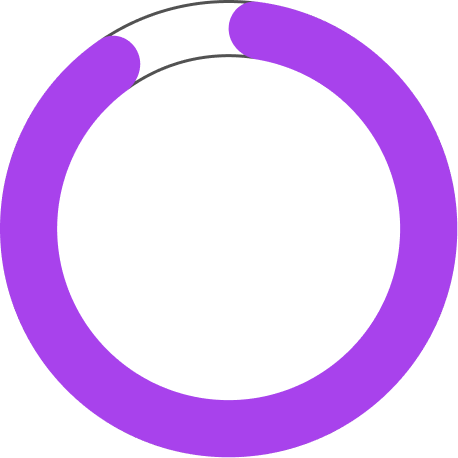
Of the interviewees were confused with the onboarding process and did not know where to continue.
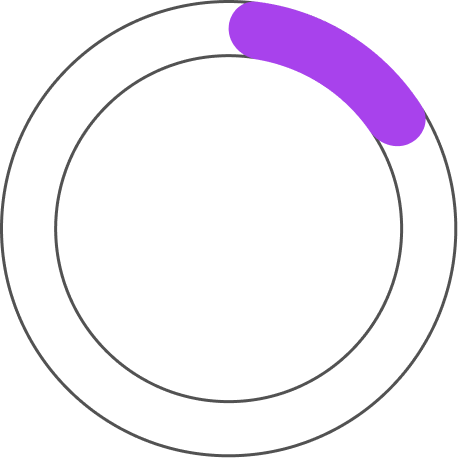
Of the interviewees were able to build a Logic Component and connect it to their Designs.
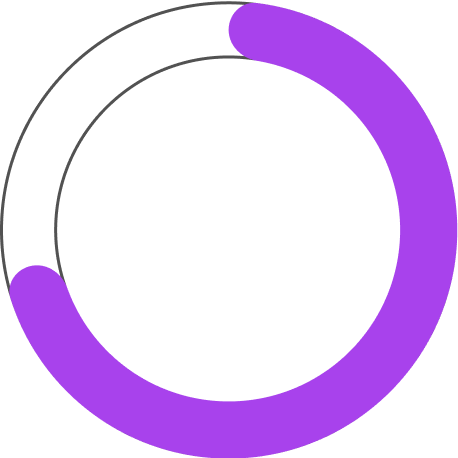
Thought our documentation was outdated and as a result wasted time learning how to utilize our studio.

Think that our templates do not interest them, and they weren’t able to tell us what they wanted to use our platform for.
After conducting a thorough examination of the interview outcomes, it is clear that our design prospects are unique. The top three challenges that were identified were related to the time required for onboarding, learning, documentation, and information architecture. To better understand our users and their needs, we created user personas, and conducted a user journey analysis to uncover any gaps in the typical Uiflow learning experience.

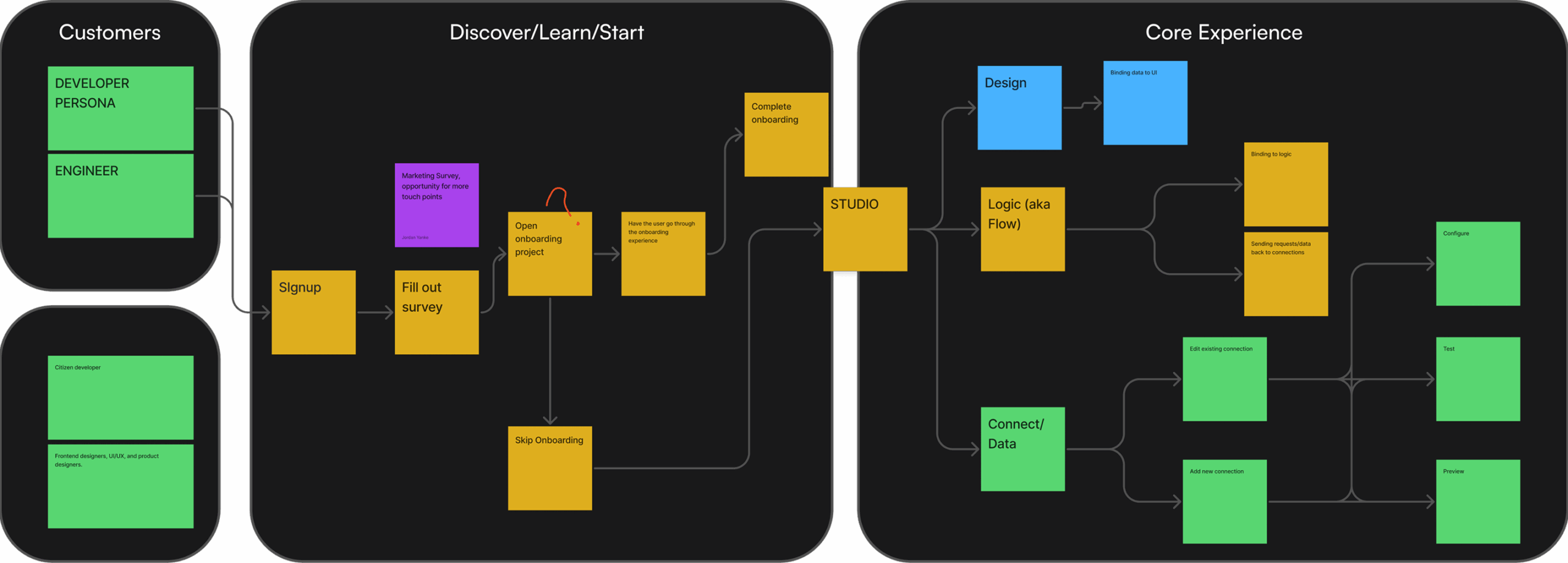
Sketching
To evaluate the inefficiencies, we closely monitored the drop-off rate during the user journey and conducted moderated interviews with users to better understand the underlying issues with our product. We tackled these problems head-on and adopted a Dual Track Agile approach to focus on learnability during a one week sprint.

I regularly evaluated the impact of our efforts and adjusted the roadmap alongside our Product Manager and Engineering team, as needed based on user feedback and data. This iterative approach helped us continuously improve our product and drive growth over time. As a result, we were able to address the top challenges and provide a better learning experience for our users. This has led to increased user engagement and positive business outcomes.
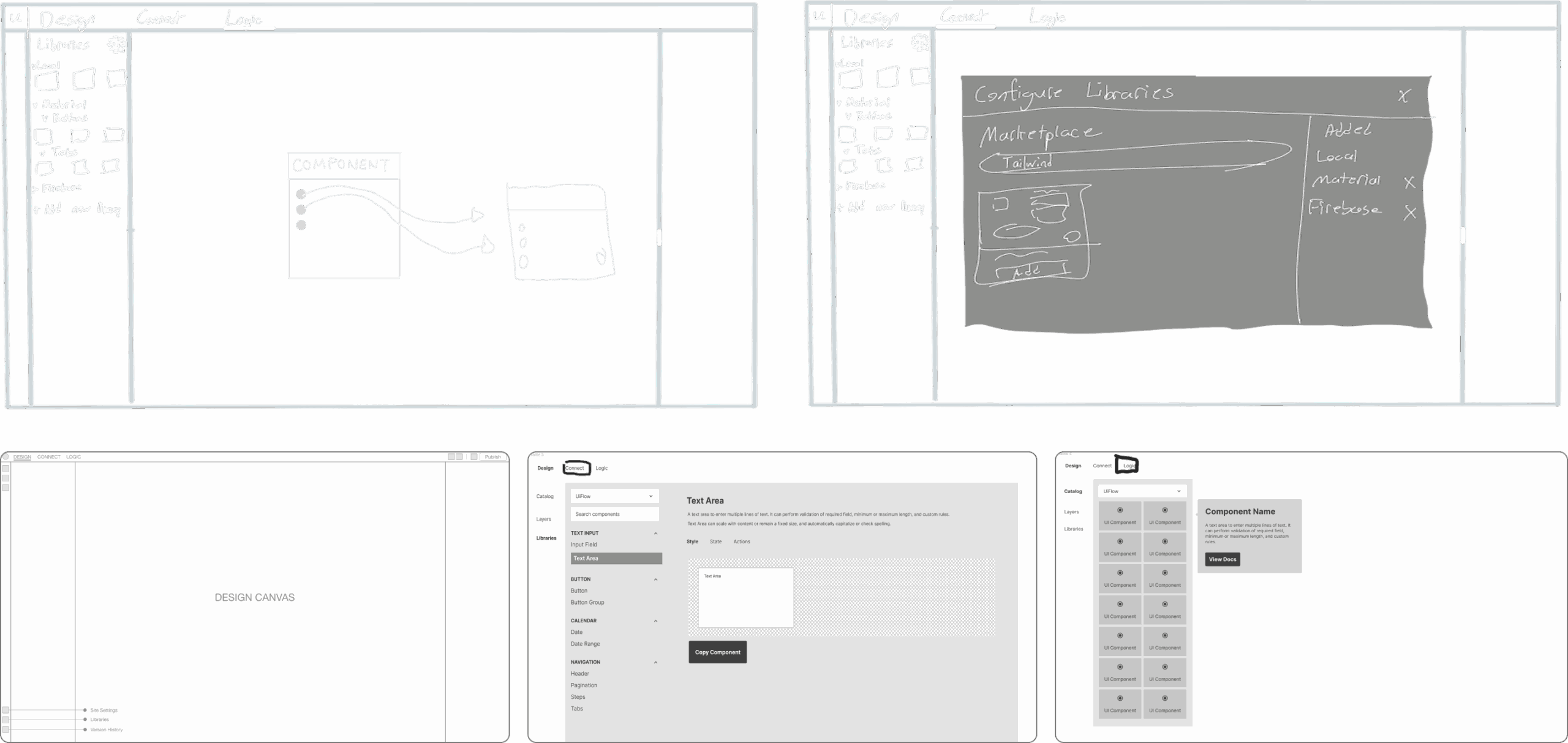
Deciding
We often monitor and measure impact by watching users through Fullstory Sessions, as well as by watching our analytics through Amplitude. This helped us construct a roadmap of features to work towards through the users’ hierarchy of needs and balanced that with our business needs. Once the roadmap was implemented, it was important to monitor and measure the impact of the changes on user engagement and business outcomes. This helped us understand the effectiveness of the solutions and identify any additional areas for improvement along the way.

Prototyping
- Designed and tested prototypes to tackle key friction points in onboarding, learning, documentation, and information architecture.
- Validated solutions with real Uiflow users, ensuring changes directly addressed user pain points.
- Iterated continuously based on feedback, cutting time-to-onboard and improving overall product adoption.
- Boosted engagement by delivering clearer documentation and more intuitive workflows.
- Strengthened product usability, resulting in smoother first-time experiences and higher user retention.
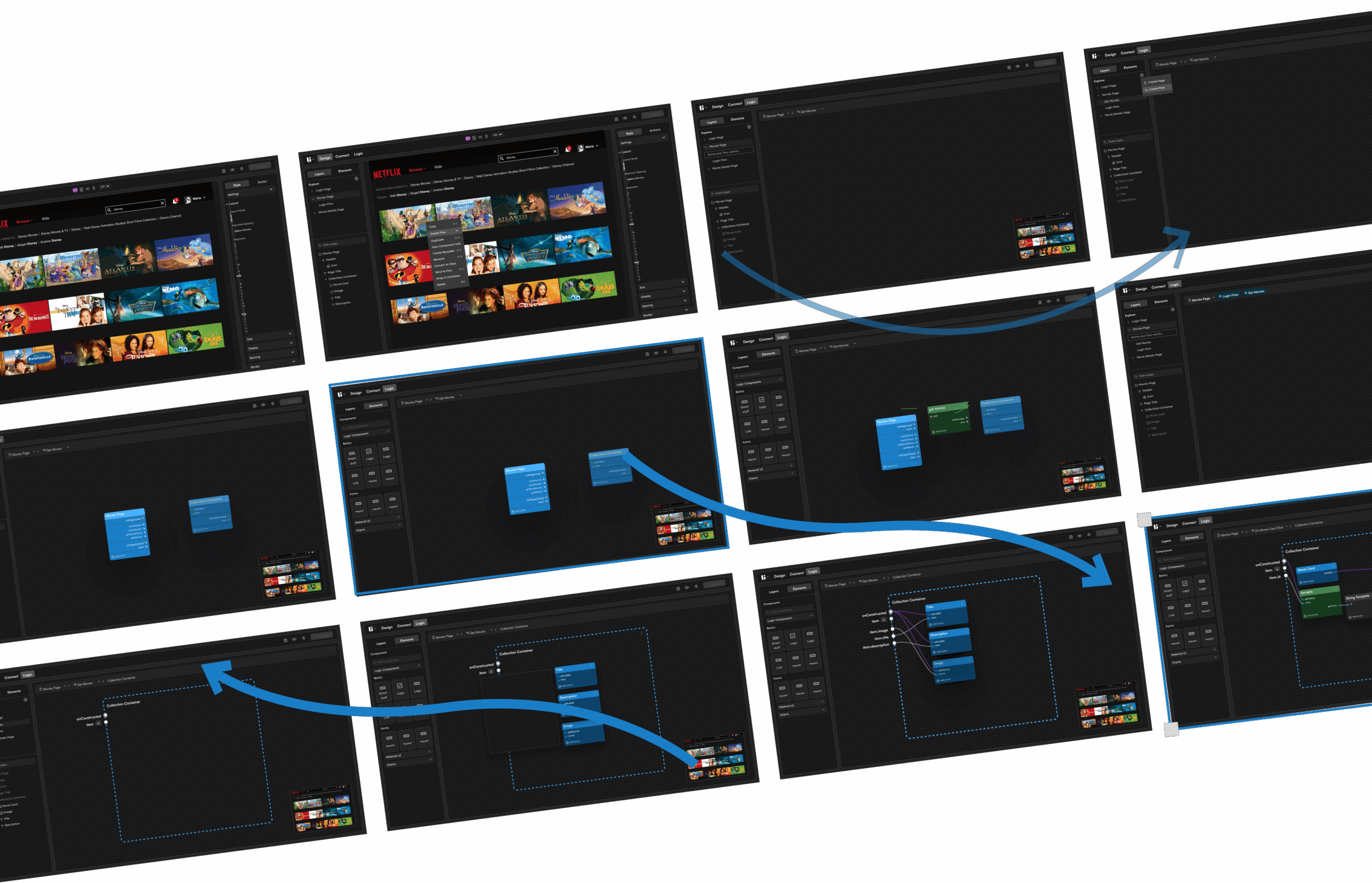
Testing
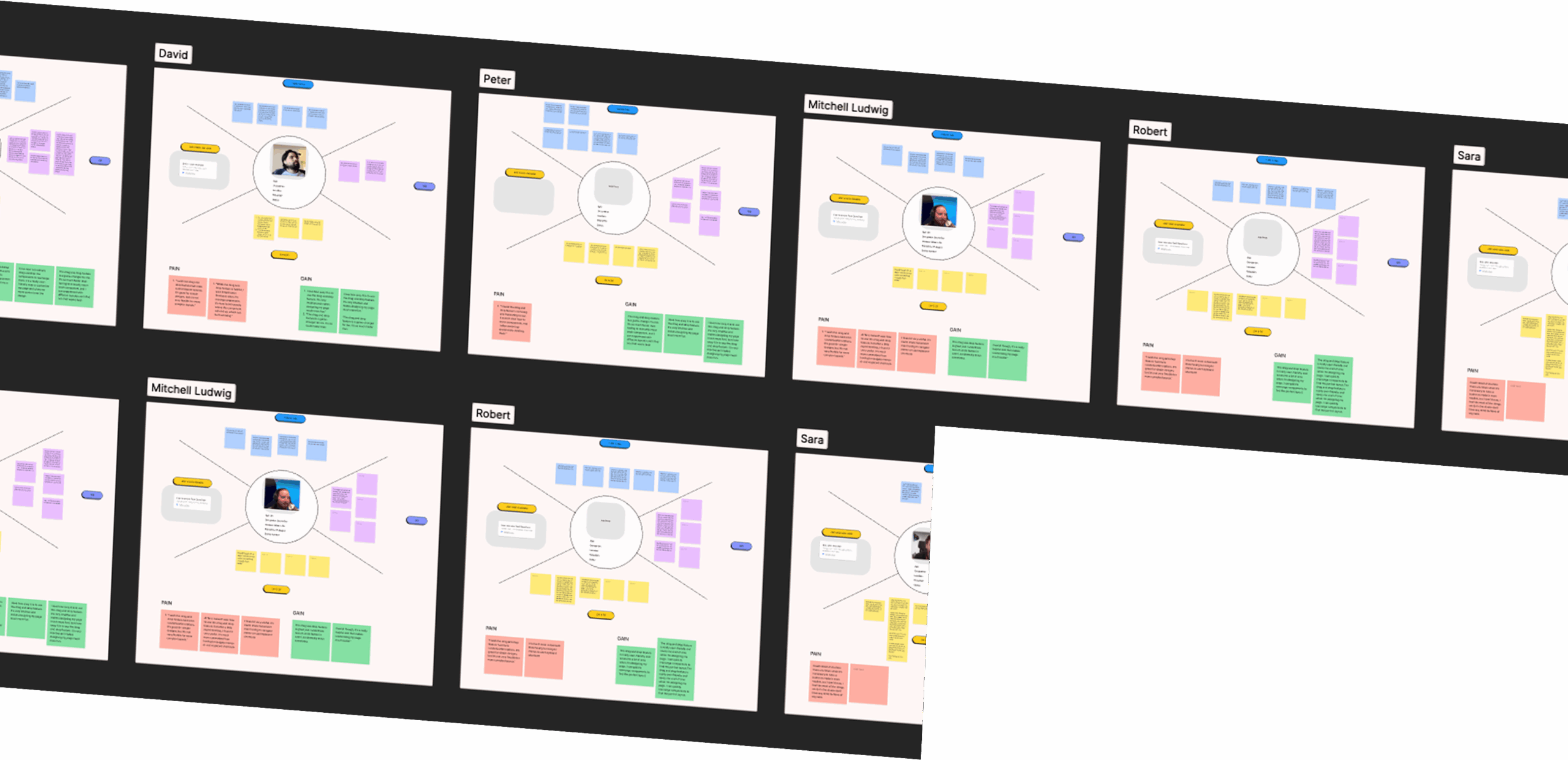
- Prototyped and tested solutions for onboarding, learning, documentation, and information architecture challenges.
- Validated designs with real Uiflow users, uncovering pain points and aligning improvements with user needs.
- Iterated quickly based on feedback, cutting time-to-onboard and improving overall adoption.
- Implemented a Dual Track Agile discovery process to tackle low retention caused by overwhelming onboarding.
- Ran two-week sprints: week one exploring the problem space, week two implementing solutions.
- Used Fullstory and Amplitude to monitor engagement and validate improvements.
- Simplified the platform architecture, resulting in smoother onboarding, higher retention, and stronger user engagement.
Finish Line
- Validated design decisions with real users, ensuring changes directly addressed pain points.
- Used a mix of metrics and moderated interviews to uncover deeper user insights.
- Improved product learnability, reducing friction in the onboarding experience.
- Increased retention and moved closer to the goal of 100 weekly active users.
- Delivered a more successful, user-centered product through continuous, data-driven iteration.
UI Before Design Sprint
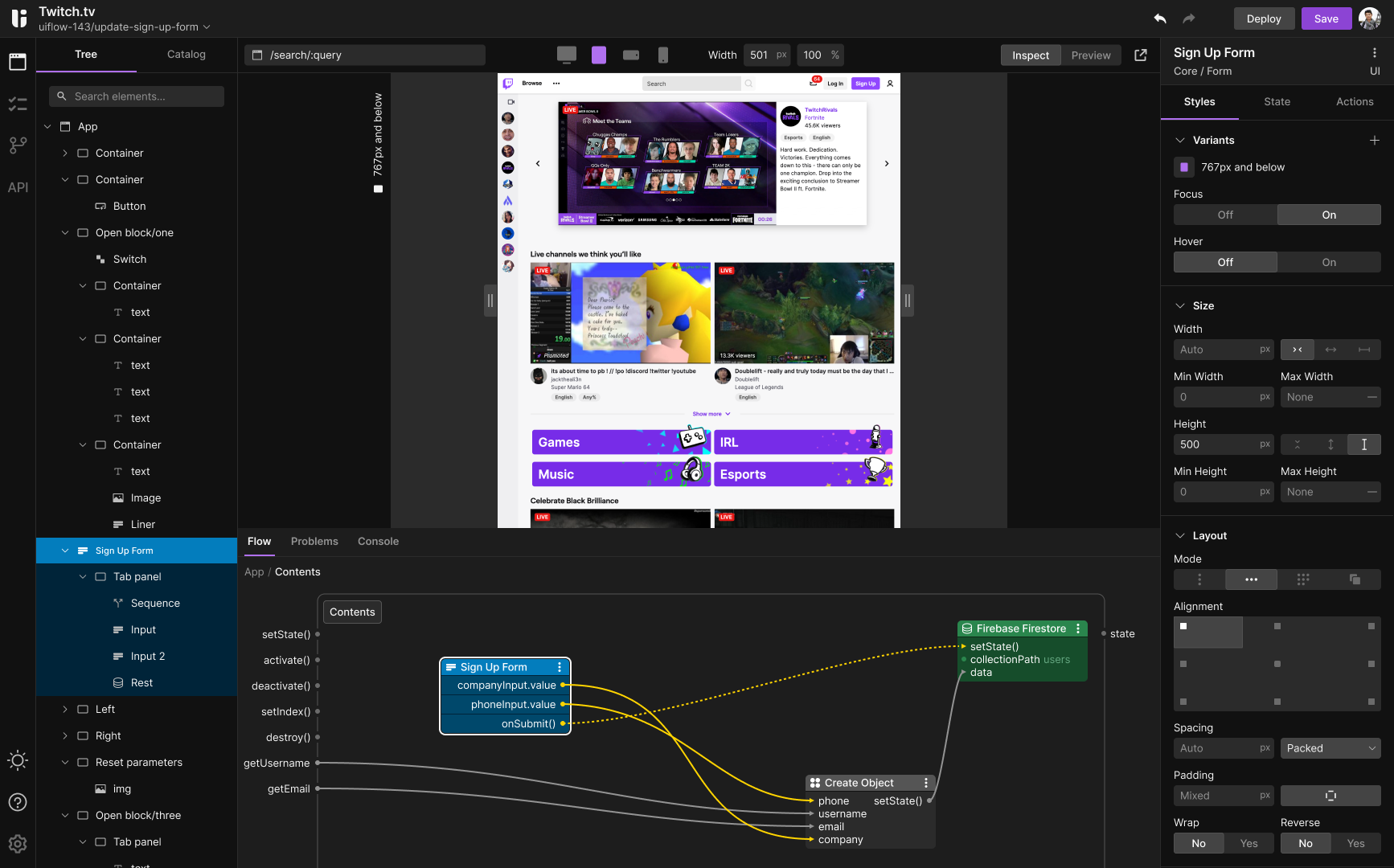
Simplified UI After Design Sprint
